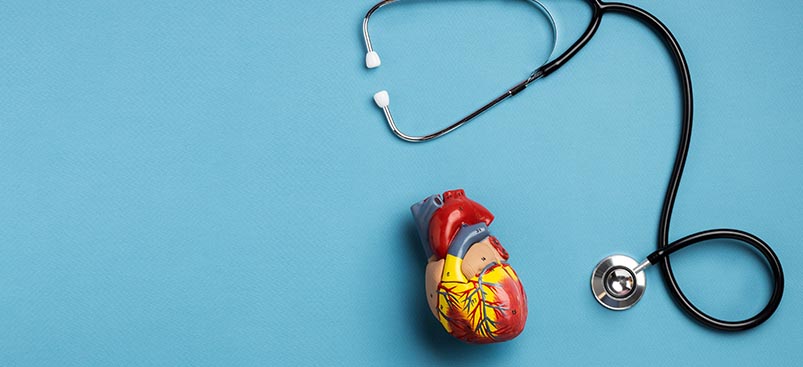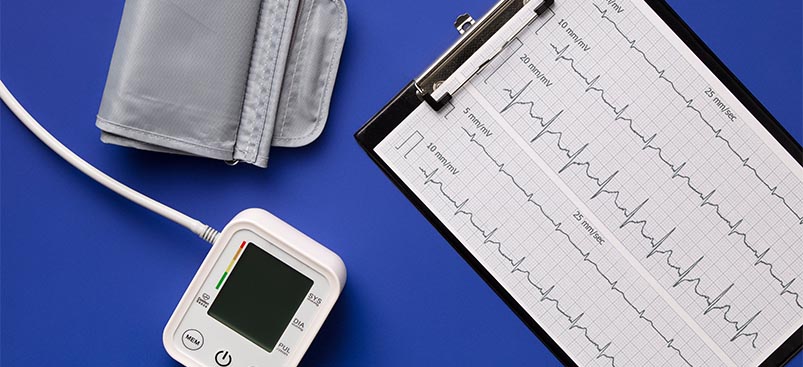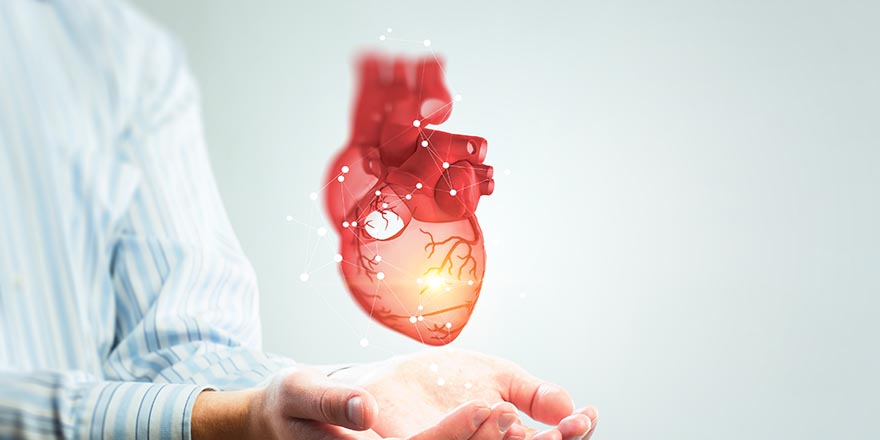If you’ve been advised to undergo a Holter monitor test, you might be wondering what the experience entails. A Holter monitor is a vital tool in diagnosing cardiac irregularities, and understanding what to expect can alleviate any apprehensions. In this blog post, we’ll take you through a comprehensive overview of what a day in the life of a Holter monitor looks like, from preparation to the monitoring process itself.
Preparing for Your Holter Test
Before you start the test, there are a few simple preparations to ensure accurate results:
1. Shower and clean your skin: It’s essential to have clean, dry skin as the electrodes need to adhere well to your chest.
2. Wear comfortable clothing: Choose a loose-fitting outfit that allows easy access to your chest area. This will make it easier to place the electrodes.
3. Avoid lotions and creams: Steer clear of applying lotions, creams, or oils to your chest on the day of the test. These substances can interfere with the electrode connections.
The Holter Monitor Setup
Once you arrive at the healthcare facility or doctor’s office for your Holter test, a technician will guide you through the setup process:
1. Electrode placement: The technician will attach small adhesive electrodes to specific spots on your chest. These electrodes are connected to the Holter monitor.
2. Holter monitor attachment: The Holter monitor itself is a small device, often placed on your chest with the electrodes. The technician will connect it to the electrodes and ensure it’s comfortable and secure.
3. Instructions: You’ll receive instructions on how to wear the monitor and what to do during the monitoring period.
A Day in Your Life with the Holter Monitor
Once the Holter monitor is in place, you’ll go about your day as usual. Here’s what you can expect:
1. Normal activities: You’re encouraged to continue your regular routine, including work, exercise, and sleep. The monitor is designed to record your heart’s activity during various scenarios.
2. Recording events: If you experience symptoms such as palpitations, dizziness, or chest pain, you should note the time and describe what you were doing. This information will help healthcare professionals interpret the data.
3. Avoiding water: It’s important to avoid getting the monitor wet, so activities like swimming and taking long baths should be postponed until after the test.
The End of Your Holter Test
Once the monitoring period is complete, usually after 24 to 48 hours, you’ll return to the healthcare facility to have the Holter monitor removed. The technician will carefully detach the electrodes, and you’ll be free from the monitor.
What Happens Next
The data collected by the Holter monitor will be analyzed by healthcare professionals, who will look for any irregularities or abnormal heart rhythms. Your doctor will discuss the results with you and, if necessary, recommend further steps for diagnosis and treatment.
A Holter monitor test is a valuable tool in the diagnosis of cardiac issues. While wearing the monitor may require a little adjustment to your daily routine, it provides critical information that can lead to a healthier heart. Understanding what to expect during a Holter test can help alleviate any anxiety and ensure a successful monitoring experience.




